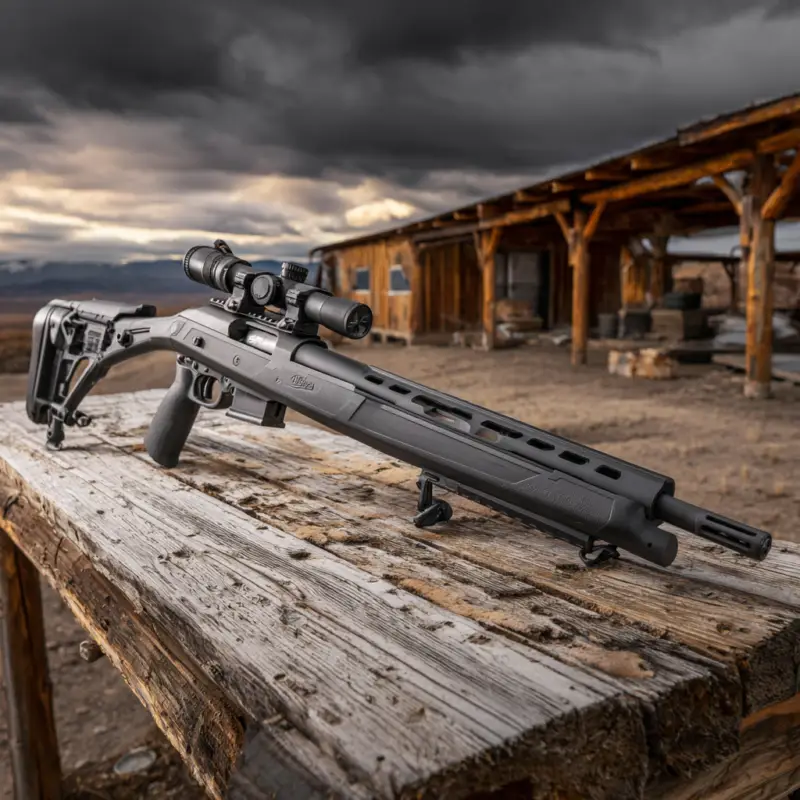Blog
Polymer Nylon Ruger 1022 Chassis

Why Polymer Nylon is Changing the Ready Ruger 1022 Chassis Owners
Ruger 1022 chassis proprietors are beginning to see a major shift in the way custom-made rifle builds are approached. For years, standard products like light weight aluminum and wood controlled the aftermarket. They supplied resilience and precision, but they also brought added weight and, in many cases, greater costs. Today, polymer nylon is quickly gaining an area in the limelight– and for good reason.
Polymer nylon has actually come a long method from the very early days of artificial stocks. Modern design strategies have actually changed it right into a high-strength, impact-resistant product that executes remarkably well in real-world capturing circumstances. When applied to a Ruger 10/22 chassis, it supplies a mix of agility, sturdiness, and comfort designs that’s tough to beat.
Among tjhe most instant benefits of a polymer nylon chassis for Ruger 1022 setups is the reduction in total weight. This is specifically crucial for shooters that invest hours in the field, whether searching tiny game or exercising at the array. A lighter rifle indicates less exhaustion, faster target purchase, and less complicated handling in limited or unpleasant capturing positions.
In addition to being light-weight, polymer nylon is additionally weather-resistant. Unlike timber, it won’t swell or warp when subjected to dampness, and it will not corrode like without treatment metal. This makes it an optimal option for exterior usage, where unpredictable climate condition can quickly examine a rifle’s toughness.
Polymer nylon holds its very own against steel chassis systems when it comes to customization. Numerous versions are made with incorporated M-LOK or Picatinny rail areas, permitting shooters to include optics, bipods, lights, or foregrips without concession. Adjustable cheek risers and length-of-pull settings are also common, providing Ruger 10-22 chassis customers an individualized fit that enhances convenience and precision.
Cost is another location where polymer nylon shines. A premium light weight aluminum chassis can run more than $200, while lots of polymer nylon choices provide comparable capability at a portion of the cost. This makes them appealing for new builders or those aiming to upgrade their Ruger 10/22 chassis without spending too much.
Obviously, every material option includes trade-offs. For extreme precision shooting or benchrest competitors, some shooters might still favor the rigidity of light weight aluminum. But for many leisure, hunting, and tactical-style develops, a polymer nylon chassis for Ruger 1022 chassis rifles offers an unsurpassable mix of portability, affordability, and resilience.
The growing popularity of polymer nylon is far more than a short-lived trend—it represents a significant shift in the shooting community toward practical, versatile, and user-friendly upgrades that align with the needs of modern firearm owners. Shooters today are increasingly looking for components that not only improve performance but also reduce weight, resist environmental challenges, and remain affordable. Polymer nylon checks all of these boxes, making it a preferred choice for both seasoned marksmen and beginners just starting their journey with the Ruger 10/22 platform.
Whether you’re assembling your very first custom 10/22 build or upgrading an older rifle that’s been in your collection for years, exploring the latest polymer nylon chassis options could completely redefine the way you think about your rifle and how you use it in real-world conditions.

One of the most immediate and noticeable advantages of a polymer nylon chassis for Ruger 10/22 chassis setups is its ability to reduce overall weight without compromising structural integrity. A lighter rifle translates directly into less shooter fatigue during long range sessions, quicker target transitions in competitive environments, and easier maneuverability when hunting in rugged terrain.
Beyond weight savings, polymer nylon proves its worth in the customization department. It competes strongly with traditional metal chassis systems by offering built-in features such as M-LOK or Picatinny rail sections, adjustable cheek risers, and length-of-pull adaptability—all at a cost that is significantly lower than premium aluminum alternatives. While a top-quality aluminum chassis often costs well over $200, many polymer nylon models provide nearly identical functionality for a fraction of that price point.
For the majority of recreational shooters, hunters, and tactical-style builders, this balance of affordability, durability, and portability makes polymer nylon an unbeatable option. It combines modern engineering with practical benefits that enhance the Ruger 10/22 chassis already legendary reputation for versatility. In short, choosing a polymer nylon chassis doesn’t just save money—it also improves the overall shooting experience, ensuring that your rifle is lighter, stronger, and more adaptable to whatever role you need it to fill.
